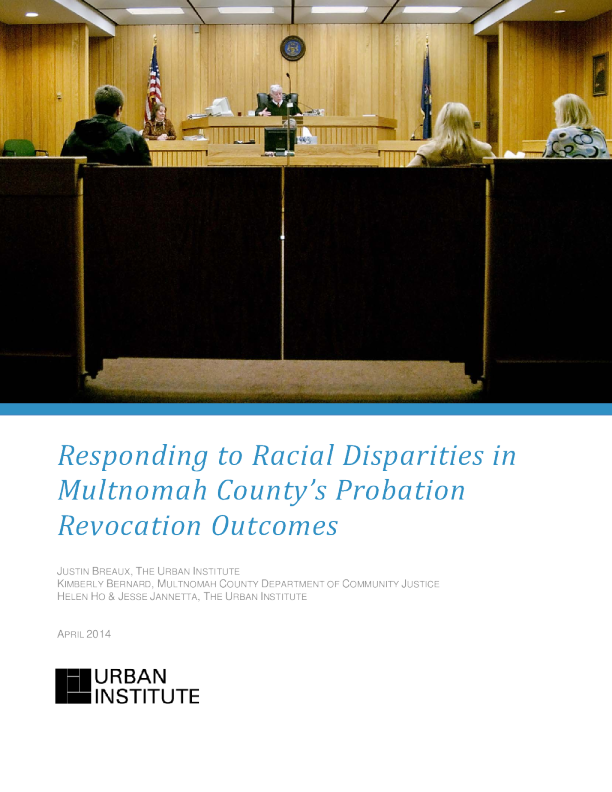Regional Disparities in Europe

RegionalDisparitiesinEurope RaviBalakrishnan,ChristianEbeke,MelihFirat,DavideMalacrino,andLouiseRabier WP/22/198 IMFWorkingPapersdescriberesearchinprogressbytheauthor(s)andarepublishedtoelicitcommentsandtoencouragedebate. TheviewsexpressedinIMFWorkingPapersarethoseoftheauthor(s)anddonotnecessarilyrepresenttheviewsoftheIMF,itsExecutiveBoard,orIMFmanagement. 2022 SEP ©2022InternationalMonetaryFundWP/22/198 IMFWorkingPaper EuropeanDepartment RegionalDisparitiesinEurope PreparedbyRaviBalakrishnan,ChristianEbeke,MelihFirat,DavideMalacrino,andLouiseRabier AuthorizedfordistributionbyRaviBalakrishnanSeptember2022 IMFWorkingPapersdescriberesearchinprogressbytheauthor(s)andarepublishedtoelicitcommentsandtoencouragedebate.TheviewsexpressedinIMFWorkingPapersarethoseoftheauthor(s)anddonotnecessarilyrepresenttheviewsoftheIMF,itsExecutiveBoard,orIMFmanagement. ABSTRACT:Whilethelevelofdisparitiesacrossregionsin10advancedEuropeaneconomiesstudiedinthispapermostlyreflectsproductivitygaps,theincreasesincetheGreatRecessionhasresultedfromdivergingunemploymentrates.Followingthepandemic,thiscouldbefurtherexacerbatedgiventeleworkabilityratesarelowerinpoorerregionsthaninhigh-incomeregions,makingthemex-antemorevulnerabletothepandemic’slikelymaterialimpactontheprevalenceofremotework.Preliminaryevidencefrom2020confirmsthatregionaldisparitiesbetweencountriesincreasedduring2020.AfurtherconcernisthatthepandemicmightacceleratetheautomationofjobsacrossEurope,somethingwhichoftenhappensfollowingrecessions.Whilelaggingregionshavelowerex-antevulnerabilitiesagainsttheroutinization,thetransformationofjobsthroughsectorswithhigherroutinizationratesintheseregionscouldincreasetheirvulnerabilitytotechnologicalchangeovertime.Thegreentransitioncouldalsoleadtochallengesforregionsthathavebenefittedfromcarbon-intensivegrowthstrategies.Finally,thepaperdiscussestheroleforpolicies—includingplaced-basedones—inreducingdisparitiesinthefaceoftheaforementionedshort,medium,andlong-termrisks. RECOMMENDEDCITATION:Balakrishnan,Ravi,ChristianEbeke,MelihFirat,DavideMalacrino,andLouiseRabier,2022,“RegionalDisparitiesinEurope.”IMFWorkingPaperWP/22/198. JELClassificationNumbers: R12,J2,J24,O44 Keywords: Regionalinequality;teleworkability;automation;climatechange Author’sE-MailAddress: RBalakrishnan@imf.org;CEbeke@imf.org;MFirat@imf.org;DMalacrino@imf.org;LRabier@imf.org WORKINGPAPERS RegionalDisparitiesinEurope PreparedRaviBalakrishnan,ChristianEbeke,MelihFirat,DavideMalacrino,andLouiseRabier1 1TheauthorswouldliketothankAndyJobst,MyrtoOikonomou,andLauraPapifortheirhelpfulcommentsaswellasparticipantsinseminarsattheEuropeanCommission,theESM,andtheIMF.TheyalsothankEstefaniaCohnBech,ShiqingHua,andChristineRubioforexcellentresearchanddocumentproductionassistance. Contents Introduction3 DataandMeasurementofDisparities4 AnatomyofRegionalDisparities5 TheEvolutionofDisparitiesSincetheEarly2000s5 ComponentsoftheGDPperCapita6 Productivity7 LaborMarkets7 Beta-convergence8 PotentialImpactoftheCOVID-19PandemiconExistingDisparities10 ASnapshotfromHigh-frequencyData:MobilityIndex10 CustomerInteractionIntensity11 Short-termRisks:Teleworkability11 Longer-termRisks:Automation13 DisparitiesandtheGreenTransition15 PolicyDiscussions17 IsThereaRoleforPlace-basedPolicies?17 SmoothingtheEffectsoftheGreenTransitionAcrossDifferentRegions18 Conclusions19 References20 AppendixA.FiguresandTables22 AppendixB.DisparitiesinNetDisposableIncome26 AppendixC.TheGreen/GrowthTradeoff:ACaseStudyofTwoGermanRegions.28 Introduction RegionaldisparitiesamongEuropeanadvancedeconomies(aggregatingbothwithinandacross)declineduntiltheGreatRecessionand,dependingonthecoverage,haveflatlinedorincreasedthereafter.1Figure1showsthatthetrendforninelargeEUadvancedeconomies2andtheUnitedKingdomisquitedifferentthanforallEuropeaneconomies,withtheformerdisplayingamarkedincreaseindisparities. TheCOVID-19pandemichasrenewedinterestintheconnectionbetweenlargeeconomicdownturnsanddisparities(IMF2020).Consideringtheincreasein regionaldisparitiesthatfollowedthelastlargerecessioninEurope,thispaperoffersnovelinsightsontherisksoffurthereconomicdivergenceacrossEuropeanregionsresultingfromthepandemic.Itspecificallyzoomsinonthestructuralcharacteristicsofregionsthatwerealreadystagnatingpriortothecrisis,andwhoarenowlikelytofacerelativelystrongerpandemic-relatedheadwinds. ThefirstpartoftheanalysisdocumentstheevolutionofdisparitiesinGDPpercapitaacrossEuropeanregions,decomposesdisparitiesintowithin-andbetween-countriescomponents,andseparatesthedriversofdisparitiesintovariouseconomiccomponents,suchasemployment,laborforceparticipation,andproductivity. ThesecondpartofthepaperfocusesontheCOVID-19pandemicandconsidersitslikelyimpactondisparitiesacrossEuropeanregions,intheshort,medium,andlongrun.Forexample,itassessestheextenttowhichthedeclineinmobility,lowlevelsofteleworkability,3andtheexposuretoroutinization,4arelikelytotriggerasymmetriceffectsofthepandemicacrossregionsandshapedivergentregionaleconomicrecoveries. Takingalong-runperspective,thepaperalsoexa




